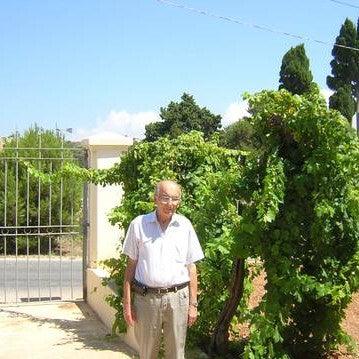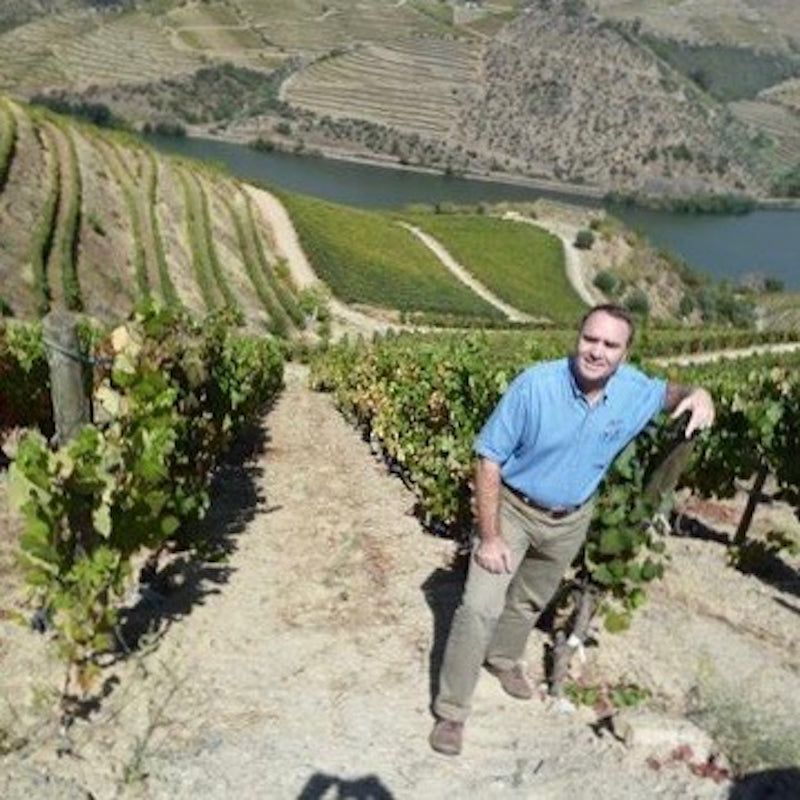by David Furer
My first, and to date only, visit to Malta occurred this past February when I accepted an invitation from its NYC-based US tourism representative. As most of its produce is consumed in situ by its denizens and numerous tourists, Maltese wines’ exposure and availability to its neighboring fellow EU member countries is very limited, far more so to those of us in the US. I’ve learned that when traveling unfamiliar wine areas there is always at least one ‘go to’ wine insider who’s best acquainted with their area’s viticulture and vinification practices while having a comprehensive understanding of how all parties in the wine production sector operate. Knowing little of this mid-Mediterranean island’s wine culture I was pleased to have discovered Roger Aquilina, whose schooling included post-graduate studies at Germany’s Geisenheim Institute. Work managing a wine cooperative led to his part in establishing the now Antinori-owned Meridiana estate—a new concept at the time and the country’s only winery owned by outside interests—and upon retirement set up Malta’s wine and viticulture research station; today he’s retained as consultant oenologist with Malta’s agriculture ministry while independently consulting to a few of its better wineries. He spoke with me during Malta’s typically humid summer heat while I basked in the mildness that is Santa Cruz, California.
Given its location it doesn’t surprise me that Malta has an ancient wine culture, that wine has been produced here for millennia. Why haven’t American wine professionals learned more of this, why haven’t we seen Maltese wines on our store shelves?
Malta has been for the past century under British administration due to its having been a very important naval base in a strategic position. When you have that the main preoccupation of the government is that agriculture should simply be for sustenance—quality wine definitely hasn’t been a priority. It’s probably for the same reason that under the Knights of St. John, residents were welcome to do their own thing but wine for basic sustenance during sieges was a priority and this would’ve extended to the British. The interim 2-year period of French domination was simply too short and too agitated to support good viticulture!
To what extent have Maltese wines been influenced by their visitors and neighbors, both historically and contemporarily?
For the British, we have to understand the social class from there that was based here. The upper classes were always keen wine connoisseurs due to the French connection incurred during the Middle Ages, and wine was a snobbish product. When the military classes arrived it created different circumstances, but they were then concentrated upon beer rather than wine. From time to time, ordinances were published concerning wine but none concerning quality, only sanitation and distribution—a cheap beverage without a health hazard, and perhaps keeping to a minimum level of alcohol.
Malta has two indigenous vinifera varieties that we know of to date; one red, Gellewza, and one white, Ghirgentina. Are these genetically linked to other varieties with which the wine consumer outside Malta might be familiar? What are the unique characteristics attributable to each?
There may be others that are indigenous but we can’t confirm this until DNA testing is done. Gellewza may be close to Nero d’Avola and Syrah. It’s interesting that local varieties are also used for whole grapes for table consumption, an historical social need. A farmer would first try to sell entire bunches using what remained in the way most able to preserve his produce—wine. When we were dominated by the Arabs, alcohol was prohibited and growing sole-purpose grapes wouldn’t have been useful, so dual-purpose grapes would’ve more likely been tolerated. However we haven’t much historical data to support my hypothesis.
The Maltese islands are very small. In this limited capacity are there notable differences of subsoils, topographic aspects, climate?
From a terroir perspective you go from sandy soils in the south and west to heavy clay soils in the north and also west, with much of these soils in Gozo. There’s a difference of 10-15 days of ripening between the south and north, even extending to all fruits…not only grapes. The subsoils are very important being less than 1m in depth from our topsoils. Most of the time you’ve limestone strata, friable and very porous acting like a sponge for our heavy, albeit rare, Mediterranean rains. The topsoils allow water to seep into the porous limestone below which releases it throughout the vegetative cycle when the topsoils lack moisture. The roots will also search for this limestone strata. The negative aspect of this is that we’ve a very high pH which means it’s a bit difficult for the plants to pick up trace metals. With some varieties like Syrah we’ve problems with iron chlorosis unless we take preventative measures e.g. administering iron to be sprayed on leaves. Interestingly our local varieties have less of these problems and are more drought-resistant. I’ve observed that the Gozo wines have a slightly better pH profile giving these wines more robustness and a greater capacity for aging.
We’ve spoken of the difficulty facing Malta’s wine sector to increase the quality of its wines and commensurate pricing in the face of having wine powerhouses such as Italy as its closest fellow EU member, simultaneously enjoying prosperous and stable tourism which demands ‘cheap & cheerful’ wines. How should quality-minded wine producers in Malta address this?
I prefer to speak of these as opportunities. Each wine region in the EU has its own particular regulations; Tuscany hasn’t the same details to concern itself with as do those in Sicily. Here we differentiate between the islands of Malta and Gozo but the law is a blanket applying to the country of Malta as a political entity in great part because of our small stature. The EU regulates how much surface area can be given to vine production. For the Maltese islands it is 1000ha, not a lot for wine, causing us to ask if it makes sense that our producers create and sell lower-end wines where margins are very low or concentrate on quality and invest our marketing efforts on that? Our environmental conditions help us to produce quality wines. The risk factors here aren’t high, e.g. we expect our harvests in August and early September, so July is critical to the development of quality. Fortunately our Julys are very stable, never going above 35C for more than a short period of time. In Italy they face high temperatures in July and the risk of hailstorms and heavy rains during that period. A disadvantage we have which also could be an advantage is that our winters are short and not so cold. The vine doesn’t accumulate a lot of energy to give us a bumper harvest, also lowering the vine’s energy as compared to places where winter is cold. Like everything else in life there are pros and cons, and we in Malta should build on our strengths.
To which countries does Malta now export its wines? What would it take to export to the US?
I’ve heard that China and Japan look to be promising, and no longer Russia due to its recession. The UK has always been a difficult market, some being sent to the US. Wineries. I would like to sell everywhere given the opportunity, but I would like them to decide as a group to pooling their efforts. Our government has a committee to look into promoting Maltese wines, an excise duty applied to wine production has allowed the government to plow some funding into this promotional campaign. It’s now up to this group to develop a policy. Maltese people aren’t convinced of their ability to make good wine, an outgrowth of our colonial past that ‘everything foreign must be better’.
A hamburger sandwich and fish & chips—please name two good Maltese wines to accompany these.
Every winery has a couple of very good wines. The problems is that as a winery you’re always judged on your cheapest wines. The boutique wineries stand a better chance of getting attention in a competitive marketplace. The economies of scale dictate, too, that a wine from a boutique producer will cost more than one from a larger producer.
Check out our full
schedule of programs, workshops and public events. Private, customized
experiences and corporate
training is also available.



